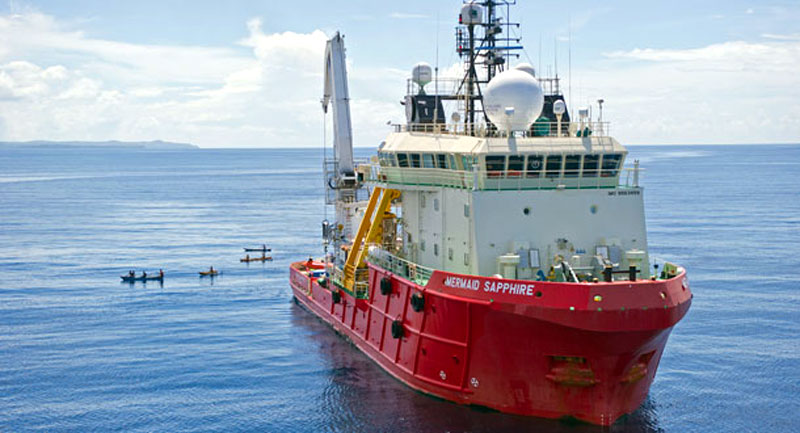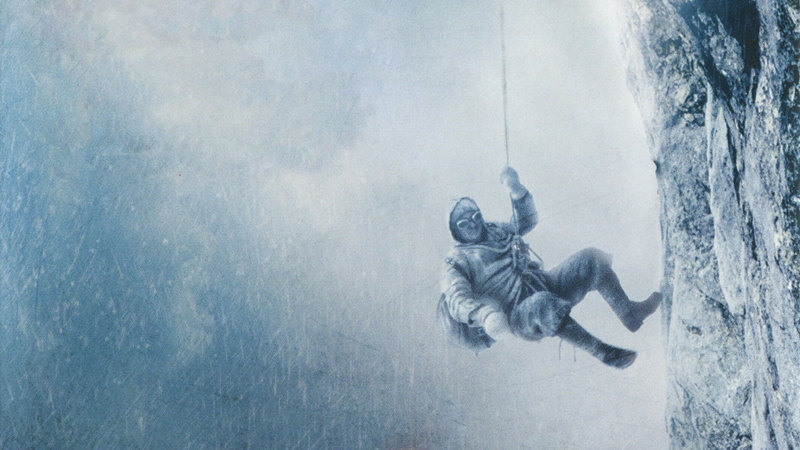December 7 was the 70th anniversary of the bombing of Pearl Harbor, a date that Franklin D. Roosevelt correctly predicted would “live in infamy.”
Before TV’s “Band of Brothers” and “The Pacific,” before Clint Eastwood’s “Flags of Our Fathers” and “Letters from Iwo Jima,” and before Steven Spielberg’s WWII trilogy (“Saving Private Ryan,” “Schindler’s List,” and “Empire of the Sun”), legendary Hollywood director Darryl F. Zanuck gave the public two blockbuster films about World War II. One was the Oscar-winning epic re-telling of D-day (“The Longest Day,” 1962) and the other a set-the-record-straight account of the attack on Pearl Harbor, told from both sides.
“Tora! Tora! Tora!” (1970) costed more to make than the original attack, and the preparation for the film took four times as long. Though the special effects aren’t quite as spectacular as they were 40 years ago when they were good enough to earn an Oscar, the film still impresses because of its international cast and double-barreled narrative.
This Digibook includes both the original theatrical version and the extended Japanese version that was marketed earlier as a Region 2 Blu-ray release. I didn’t time either one, and the numbers seem to vary according to where you read them. The theatrical version is in the 144-45 minute range, while the Japanese version is either 10 minutes of additional footage, if you believe the press release and current box copy, or 160 minutes, if it’s indeed the same content as the Extended Japanese Version. What’s added, in any case, are deleted scenes from the Japanese side–such as a dinner conversation that turns to the topic of a “genius” who’s working on the attack, and the scene afterwards where we see him in his quarters looking more demented than preoccupied.
A few overzealous moments like that remind you that there’s still a thin veneer of American patriotism here, but for the most part, as with “The Longest Day,” Zanuck and his filmmakers did meticulous research and tried to show both sides with some sympathy. There are people on both sides who hope for a peaceful solution, just as there are warmongers on both sides, and overly cautious, by-the-book, or slow-to-react men whose decisions created calamities and hardships for their countrymen.
The entire first half of the film prior to an Intermission charts the days before the attack. The narrative jumps around, showing politicians, ambassadors, military leaders, and ordinary soldiers and sailors engaged in discussions and activities leading up to that fateful day. The first time someone speaks, subtitles give us their name and position so we can appreciate the significance.
“Tora Tora Tora” was the code that the first wave of bombers and fighters used to transmit to Admiral Yamamoto that the attack caught the Americans by surprise and was proceeding as planned, and it’s also the title of a book that told the Japanese side–one of the sources that filmmakers used, along with The Broken Seal. They also consulted numerous experts, with the result being a fairly accurate film that, for Hollywood, is an aberration. At the time, it also wasn’t common to have the screenplay and direction split. The Japanese portion of the film was handled by different people from the ones who wrote and directed the American narratives. Hideo Oguni and Ryuzo Kikushima provided the screenplay for the Japanese segments, which were directed by Toshio Masuda and Kinji Fukasaku. The American portion, meanwhile, was written by Larry Forrester and directed by Richard Fleischer, with Darryl F. Zanuck overseeing the project and Elmo Williams producing, as he did Zanuck’s “The Longest Day.”
The big “guns” on the marquee are Martin Balsam, Joseph Cotten, E.G. Marshall, James Whitmore, and Jason Robards for the American side, and actors Soh Yamamura, Tatsuya Mihashi, Takahiro Tamura, Eijiro Tono, and Koreya Senda on the Japanese side.
So how does this Panavision/De Luxe widescreen film play more than 40 years after it was made? Well, it’s old-style filmmaking and storytelling, so apart from battle scenes there’s a lot less in the way of quick cuts and short takes than today’s audiences are used to. It’s also less graphic than audiences are used to seeing. There are tremendous explosions, sure, but could you picture a G-rated war movie being released today? Today’s directors would be showing limbs torn from bodies because of the explosions, with the emphasis on individual suffering. This film takes a historical, big-picture perspective and focuses on the implied carnage that occurs below decks (and off-camera) when a battleship as big as the U.S.S. Arizona suddenly and explodes–something which, by the way, filmmakers pretty closely duplicate, if you compare the film to FOX Movietone Newsreels that show the actual damage to ships in the harbor. It still has drama, and it’s still fascinating all these years later, and still the best cinematic account of what happened at Pearl Harbor. In addition to the win for special effects, “Tora! Tora! Tora!” received Oscar nominations for Sound, Film Editing, Cinematography, and Art Direction/Set Decoration. It’s not surprising, seeing it again in HD, that it didn’t receive any nods for acting or writing. It’s just good enough to ride on the crest of the visual and historical wave that sweeps you along.
Video:
I was totally impressed by the re-mastering job and AVC/MPEG-4 transfer to a 50GB disc. Though the picture is a little uneven, with some exterior shots showing a lot of grain in the open sky, most sequences are so full of detail and sport crisp outlines that it’s amazing, for a film from the ‘70s. Colors are vivid, flames are bright yellow and orange, reds pop out, and all of it looks as good as it did on the big screen–maybe even better. It still has that rich look of a Panavision/De Luxe picture, presented in the original 2.35:1 aspect ratio.
Audio:
Sometimes a DTS-HD MA re-mix doesn’t mesh well with the original soundtrack, but whoever did this one did a nice job of routing sound along the channels so that it makes logical sense. Though the original soundtrack was four channels, the featured English DTS-HD MA 5.1 track sounds totally natural. Dialogue is clean, explosions are loud, and nothing overpowers the other elements. The 4.0 English Dolby Digital track is included here, along with additional options in Portuguese, Spanish and French Dolby Digital 5.1, with subtitles in English SDH, Chinese, Japanese, Korean, Portuguese, Thai, Spanish, and French.
Extras:
There are no HD bonus features. Carried over from the DVD release is the theatrical-version commentary by Fleischer and film historian Stuart Galbraith IV, which
The big documentary is “History vs. Hollywood: Tora! Tora! Tora! A Giant Awakes,” an epic 90-minute feature that answers most of the questions you’d have for a film like this–how much is real, what were the sources, how did the project come into play, how did two separate filming units work out, etc.? Burt Reynolds narrates. Also quite fascinating is “Day of Infamy,” a 20-minute documentary that’s crammed with vintage material and insights. Then there’s the 22-minute “AMC Backstory,” which overlaps a little with both features, along with behind-the-scenes and production galleries and the original trailer.
History buffs will love the Digibook treatment and full-color booklet that gives you all the statistics of Pearl Harbor and doesn’t just give actor bios, but includes bios of the historical figures they play, as well. Meanwhile, military enthusiasts will like the profiles of the aircraft involved in the attack. But the gem is a 40-minute collection of FOX Movietone Newsreels (11 of them) that show you civilian damage, damage to the ships, and other Pacific Theater accounts all the way up to Jimmy Doolittle’s raid on Tokyo.
Bottom Line:
On DVD “Tora! Tora! Tora!” wasn’t all that impressive, but Fox got it right with this Blu-ray. The film looks gorgeous in HD, and remains the best Hollywood treatment of Pearl Harbor.


